Hello, Dear Reader
Picture yourself in a gallery where the air hums with history, each canvas depicts tales of gods, muses, and the eternal human spirit. This is the world of Giorgio Dante, an Italian painter born in 1982, whose work feels like a bridge between the grandeur of the Old Masters and the pulse of our modern world.
Why haven’t you ever heard of him, you’re wondering?
Well, because it doesn’t fit the narrative of an ‘artless’ and untalented society.
As you’re well aware, beauty doesn’t scandalize or spark engagement the way claims of its absence do. But don’t worry—here at Cultural Canvas, you’ll discover all the artists you need to know and all the places worth your wonder. There’s Beauty in learning something new.
So, let’s get back to Dante.
Let’s dive into the artistry, influences, and enduring appeal of this remarkable painter and bring him into the spotlight that he deserves.
A Classical Soul in a Modern World
His artistic journey began in Italy’s cultural heart, where the shadows of Michelangelo, Leonardo da Vinci, and Caravaggio loomed large. Born in Milan and now rooted in Rome, Dante’s childhood was steeped in the rich hues of Renaissance and Baroque art.
These titans shaped his approach to painting.
After graduating with honors from the Academy of Fine Arts in Rome in 2006, Dante set out to honor their legacy, not by imitation, but by channeling their spirit into something distinctly his own.
Dante’s work is compelling. His subjects carry a modern sensibility, exploring universal themes like love, myth, and the human soul through a lens that feels both ancient and immediate.
The Craft of Eternal Symbols
Dante’s paintings celebrate the human form. His work often centers on the body as a vessel for timeless emotions—joy, sorrow, longing, transcendence.
Drawing from Neoclassicism and 19th-century painters like William Bouguereau, Lawrence Alma-Tadema, and the Pre-Raphaelite Brotherhood, he creates compositions that feel like portals to another era.
His 2013 Simulacrum Dei captures this perfectly.
His technical skill is striking. Dante uses traditional methods—layered oil paint, reminiscent of Titian or Raphael—to achieve a luminous quality that makes his figures seem alive. What sets him apart is his ability to weave modern narratives into these classical techniques. His paintings reinterpret myths, inviting us to see ourselves in stories of gods and heroes.
A Journey Through Exhibitions
Dante’s career shines through his exhibitions across Europe and beyond. In 2013, his solo show The Scandal of Beauty in Fiuggi, Italy, showcased his ability to provoke and enchant. That year, his work Atlante was musealized at the European Museum of Modern Art (MEAM) in Barcelona, signaling his international rise.
By 2021, his solo exhibition Les Ténèbres et la Lumière at the Palace of the Popes in Avignon, France, marked the 700th anniversary of Dante Alighieri’s death. Extended into 2022 at the Château de Castries in Montpellier, this show wove his paintings into the Divine Comedy’s legacy. These exhibitions highlight Dante’s knack for creating art that resonates on a grand stage.
Whether in Avignon’s historic halls or Rome’s intimate galleries, his work commands attention, it demands to be felt and pondered.
The Influence of Myth and Memory
Dante’s work is rooted in a fascination with myth and the human condition. His paintings draw on classical mythology, not as decoration but as a way to explore
“symbols immutable over time,” as he puts it.
This focus on universal values—love, sacrifice, beauty—makes his art relatable across cultures.
His influences—Michelangelo’s muscular forms, Leonardo’s delicate chiaroscuro, Caravaggio’s dramatic light—merge with the romantic idealism of painters like John William Waterhouse. The result is a style that’s nostalgic yet forward-looking, as if Dante paints for both the Renaissance and today.
Cultural Canvas is a reader-supported publication. Every like, comment, share, and donation helps us grow—your support truly matters!
A Global Stage for a Roman Artist
Though rooted in Rome, his works have graced galleries in the UK, USA, and across the EU, finding homes in private collections, museums, and auction houses.
His role in the “Dante 700 nel Mondo” program, backed by Italy’s Ministry of Foreign Affairs, underscores his cultural weight. By bringing his vision of the Divine Comedy to Avignon, Dante honored Italy’s literary giant while cementing himself as a modern interpreter of universal stories.
This global presence reflects the universal appeal of Dante’s art. In an age of digital art, his devotion to classical techniques feels like a stand for craftsmanship in a world of instant gratification.
In a fragmented world, Giorgio Dante’s paintings offer continuity. They remind us that today’s emotions—love, loss, awe—are the same ones felt centuries ago.
Dante’s art invites us to slow down, look deeply, and truly feel.
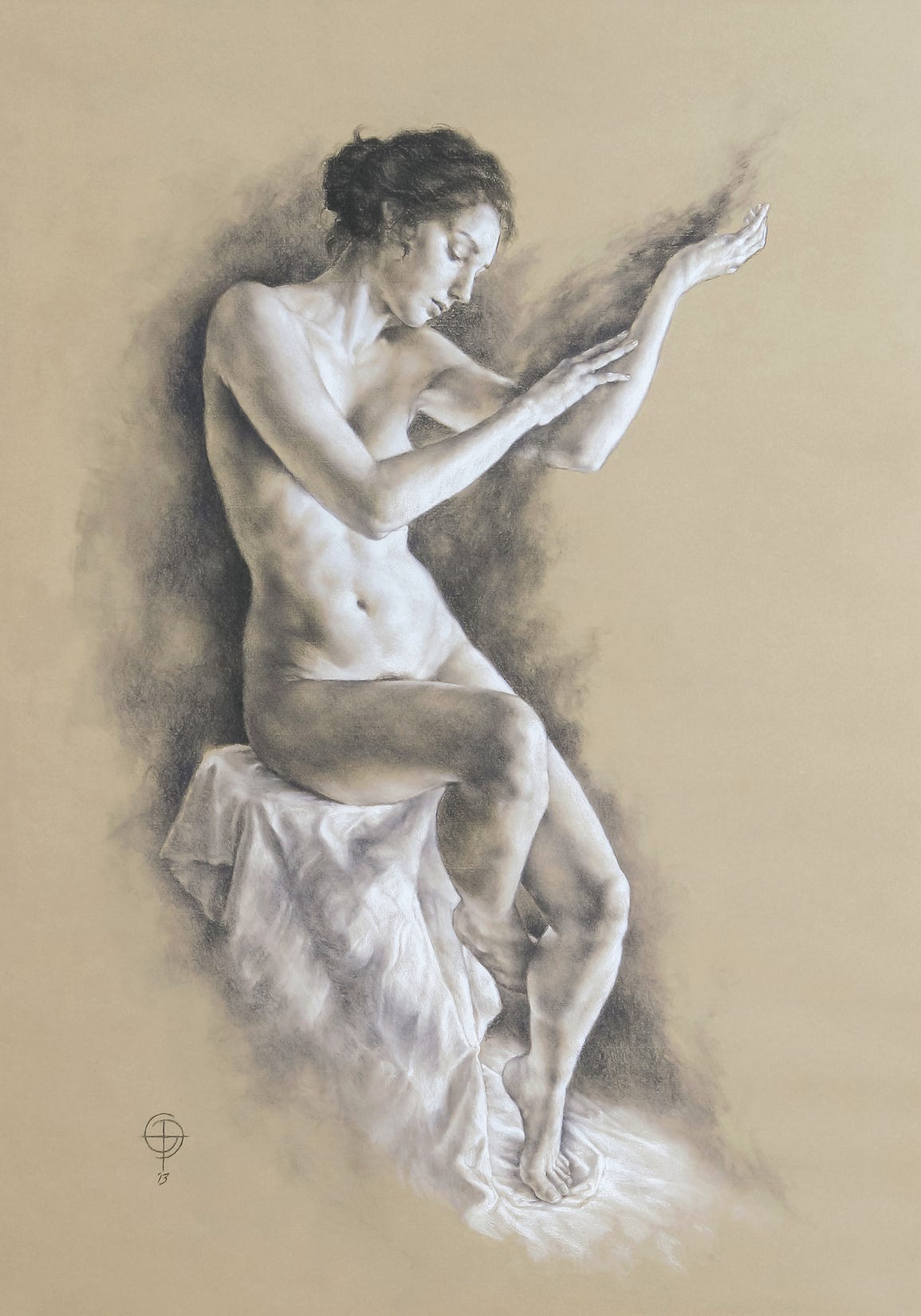
It challenges us to see the world not just as it is, but as it could be—a place where myth and reality intertwine, where every figure carries a piece of our collective story.
Of course, this is just a glimpse into Dante’s world. I’ve tried my best to pique your curiosity, to ignite that spark that makes you seek more, and ultimately, to remind you that art is still alive—and breathtakingly beautiful.
The choice is yours alone: which artists and visions will you shine a spotlight on?
Until next time, stay curious and never stop seeking beauty.
Muse
Missed our last story? Read it here↓
Don’t miss the newest episode of our podcast!


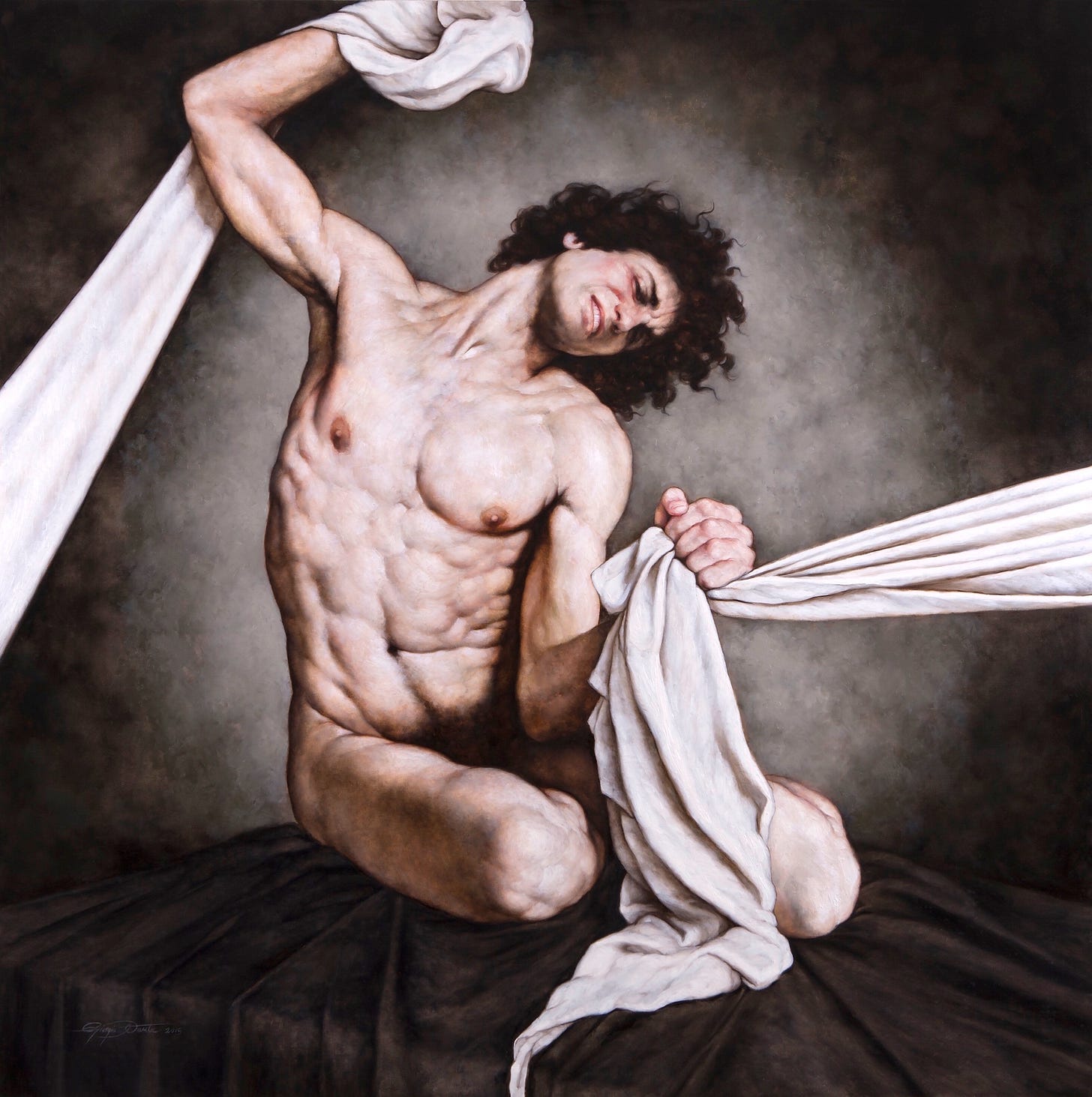
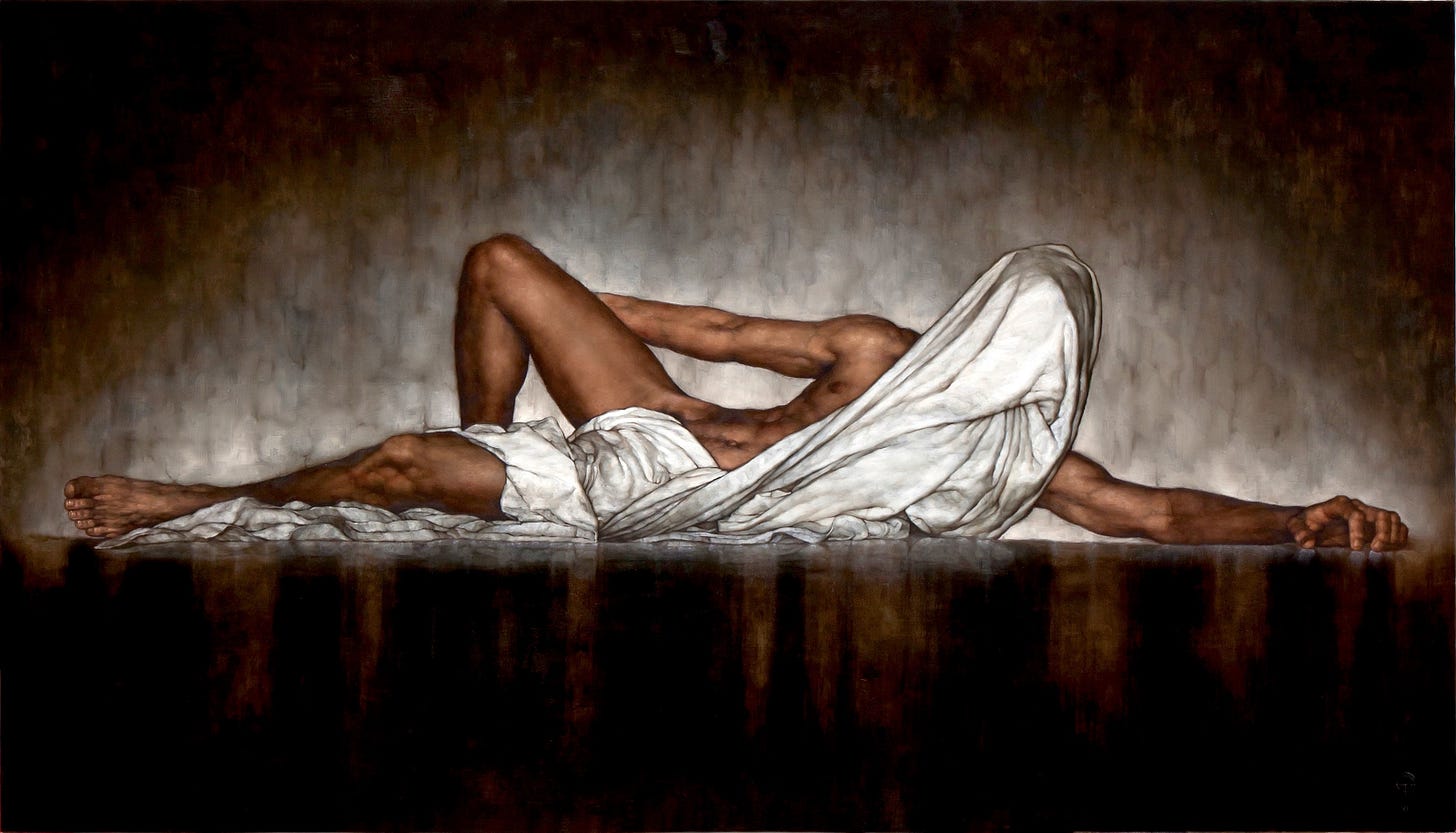
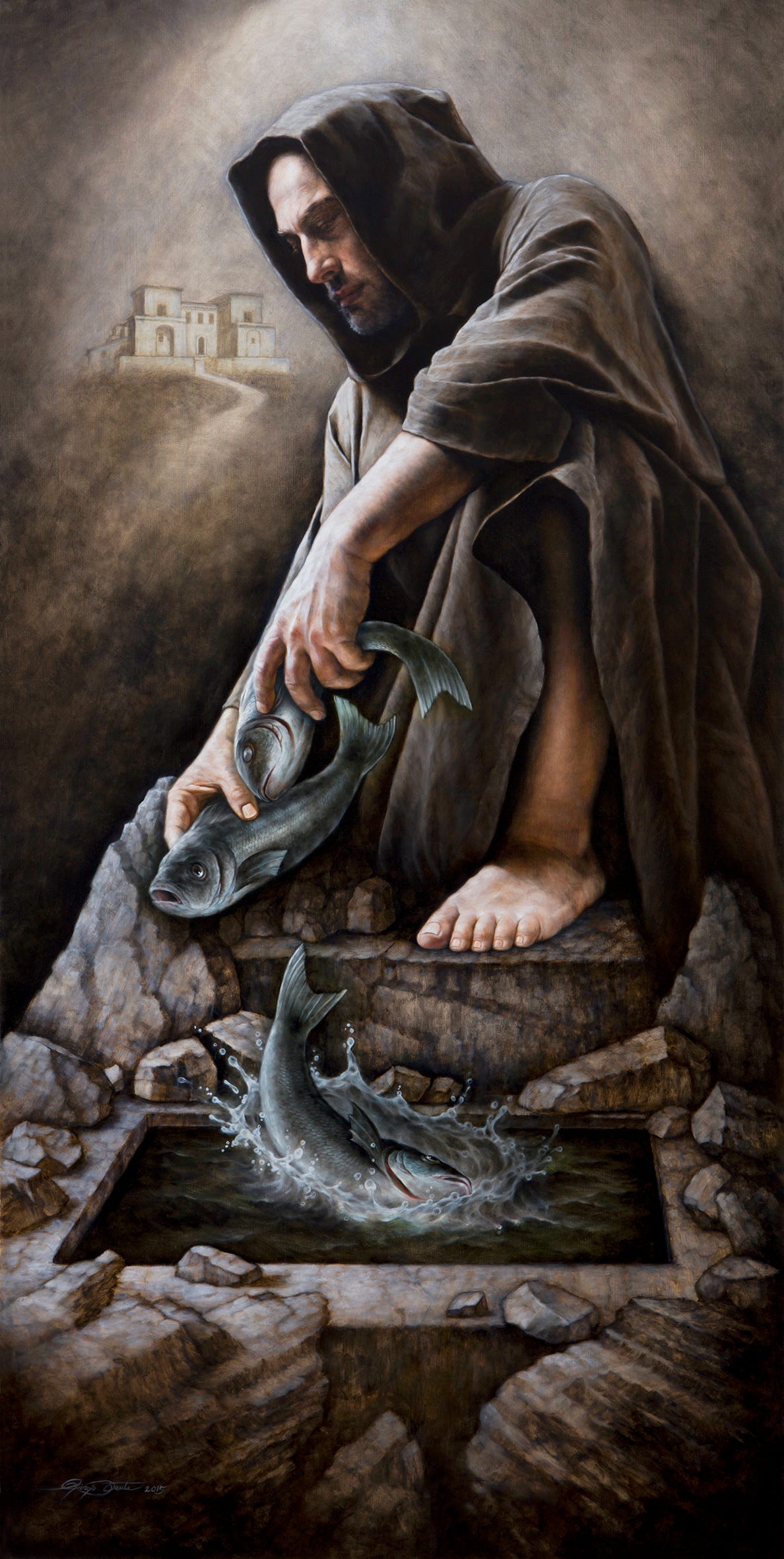

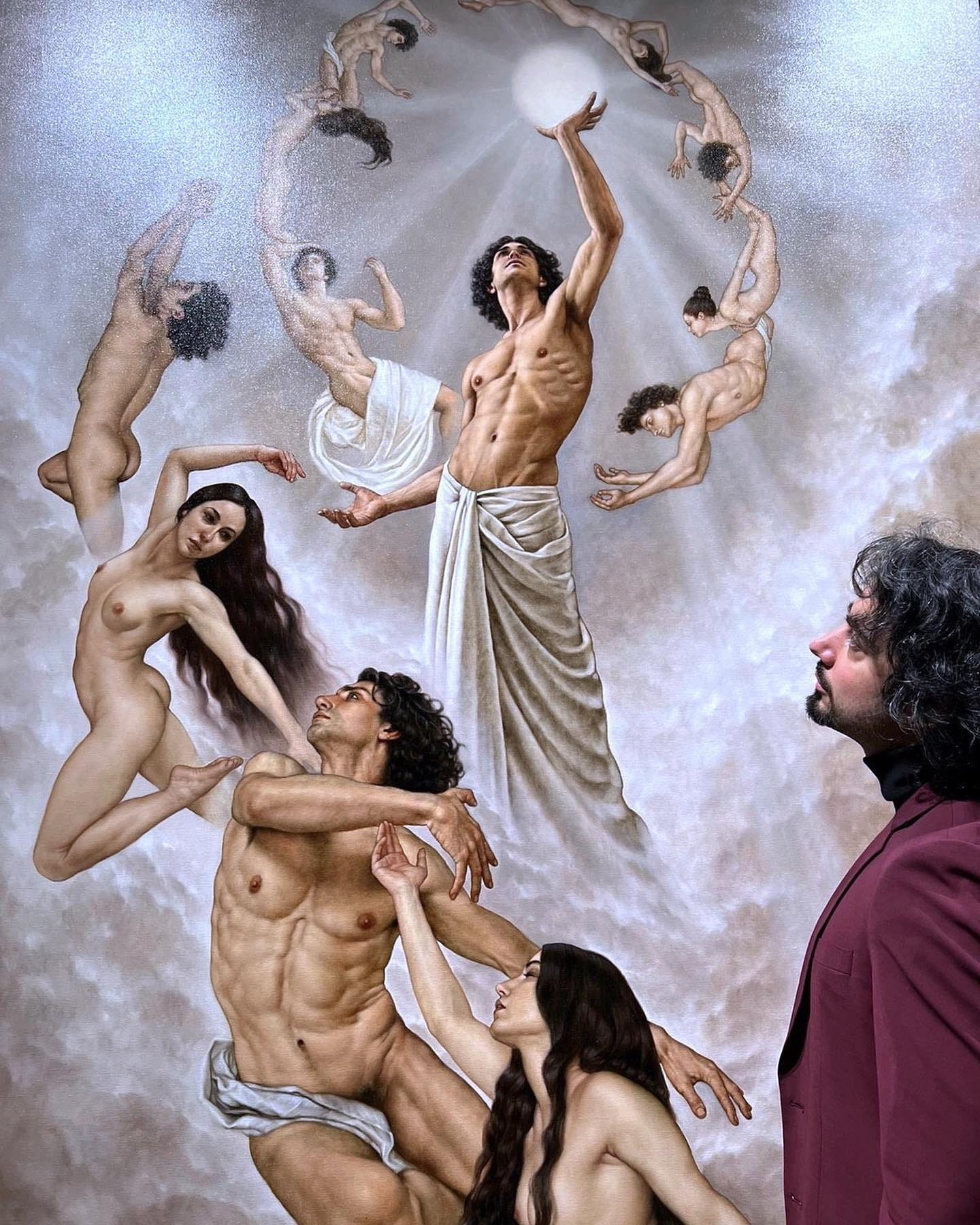


What a wonderful feature! to add Audio to your articles. I love it. Thanks